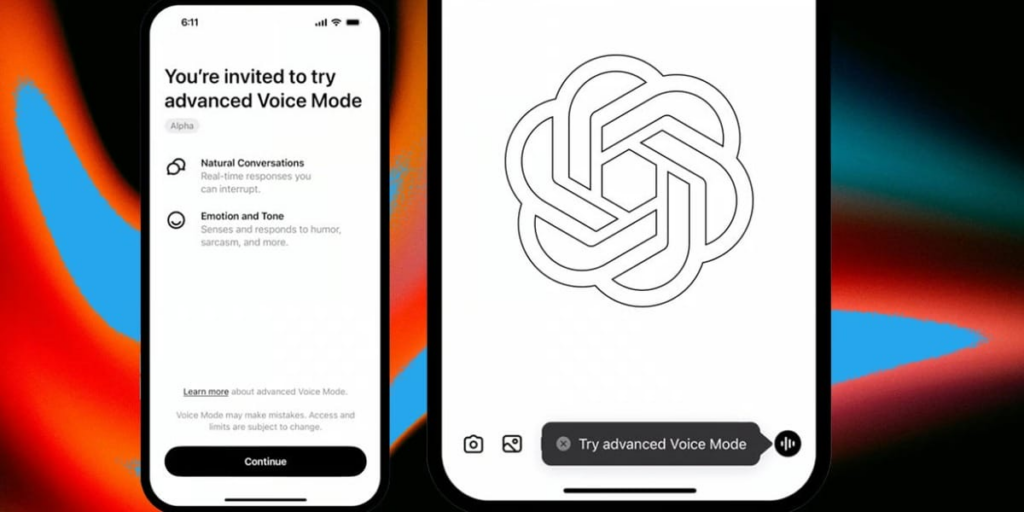OpenAI has launched its Advanced Voice Mode across Europe, marking a major expansion for the ChatGPT feature that allows users to interact with the AI using voice commands. After an initial delay, likely due to regulatory requirements, users in Europe can now speak directly to ChatGPT via their phones or computers. This release follows its earlier rollout in the UK and offers an engaging new way to communicate with the AI.
What’s Happening & Why This Matters
After months of anticipation, OpenAI’s Advanced Voice Mode is now available for Plus subscribers in the EU, Switzerland, Iceland, Norway, and Liechtenstein. This feature allows users to talk to ChatGPT using their device’s microphone, enhancing the interactivity of the platform. Initially launched in May, this mode took some time to reach Europe, likely due to concerns surrounding Europe’s General Data Protection Regulation (GDPR), which requires certain products to be reviewed by the EU data commissioner before they can be introduced to the public .
OpenAI confirmed the launch on the social platform X (formerly Twitter), responding to user inquiries about when the feature would become available on the continent. OpenAI’s spokesperson stressed the company’s commitment to working with European regulators to ensure compliance with local data privacy laws. For now, this voice interaction feature is available only to OpenAI Plus subscribers, with no word yet on when it will be available for free accounts .
Voice Controversy and Customization Options
Advanced Voice Mode caught attention earlier in the year when one of its voices, called Sky, drew comparisons to Scarlett Johansson’s character in the 2013 movie, Her. Johansson’s legal team contacted OpenAI, claiming that the voice was too similar and questioning the legal basis for its use. In response, OpenAI temporarily paused the Sky voice feature to avoid further legal complications.
Apart from the Sky controversy, users can personalize their experience by altering accents or adjusting the speed at which the AI responds. This level of customization makes the interaction feel more natural and adaptable to user preferences. The voice interaction also includes dynamic listening, allowing users to interrupt and give further instructions without disrupting the flow of conversation.

Why Voice Matters in AI Interaction
The addition of Advanced Voice Mode opens up a more immersive and accessible way to engage with AI, especially for users who prefer speaking over typing. With this tool, conversations with ChatGPT become smoother and more intuitive, mirroring natural human dialogue. This step toward improving voice interaction represents a growing trend in AI communication, bringing it closer to everyday conversational tools like voice assistants.
By deploying Voice Mode across Europe, OpenAI signals its readiness to comply with international regulations while expanding its market. As voice technology becomes a greater AI-user interaction component, maintaining compliance with privacy laws (i.e., GDPR) for global growth is critical.
TF Summary: What’s Next
With its release in Europe, OpenAI’s Advanced Voice Mode adds another layer of interactivity to the ChatGPT experience. While current access is limited to Plus subscribers, this rollout sets the stage for broader availability in the future. OpenAI will continually enhance voice features, address legal concerns, and introduce additional customization options that make AI conversations more engaging and versatile.
As voice technology improves, TF expects even more interactive ways to communicate with AI regardless of platform.
— Text-to-Speech (TTS) provided by gspeech


